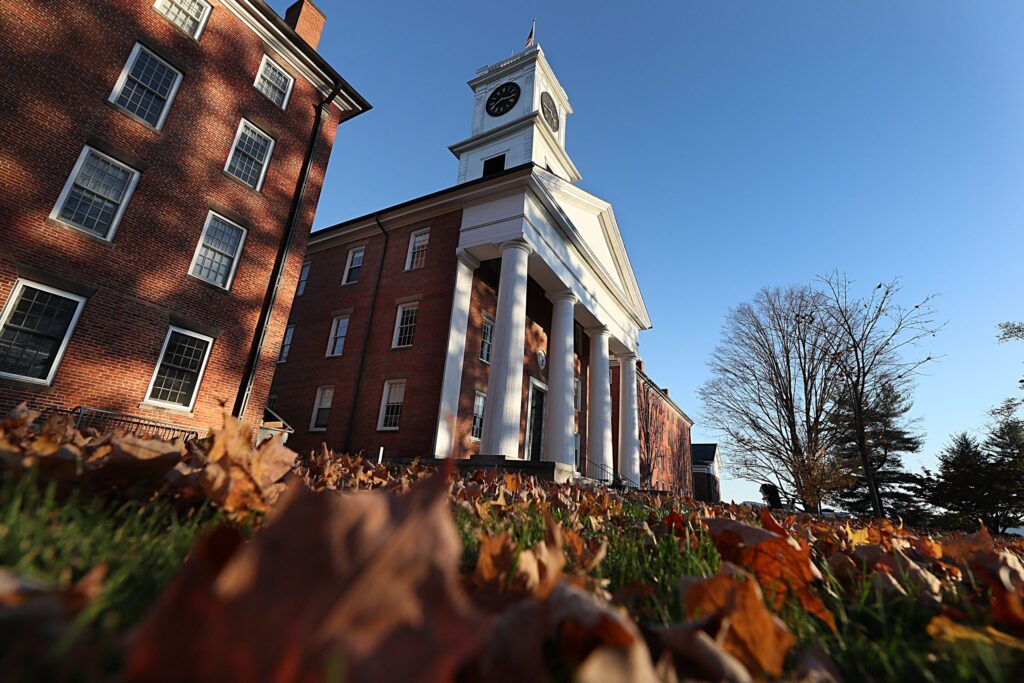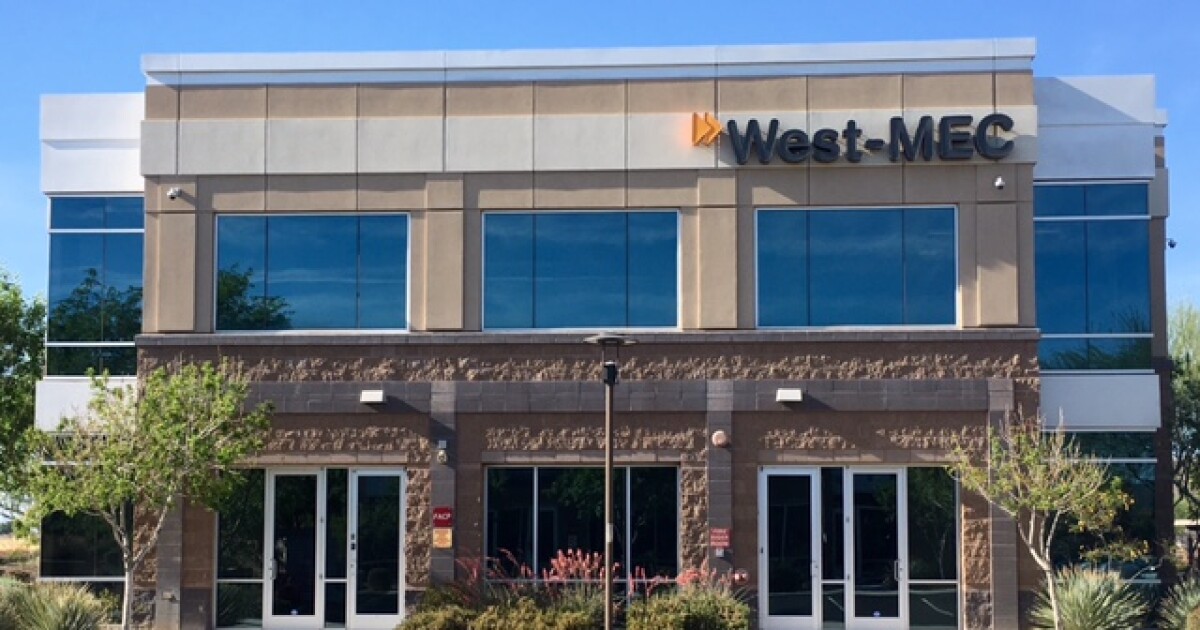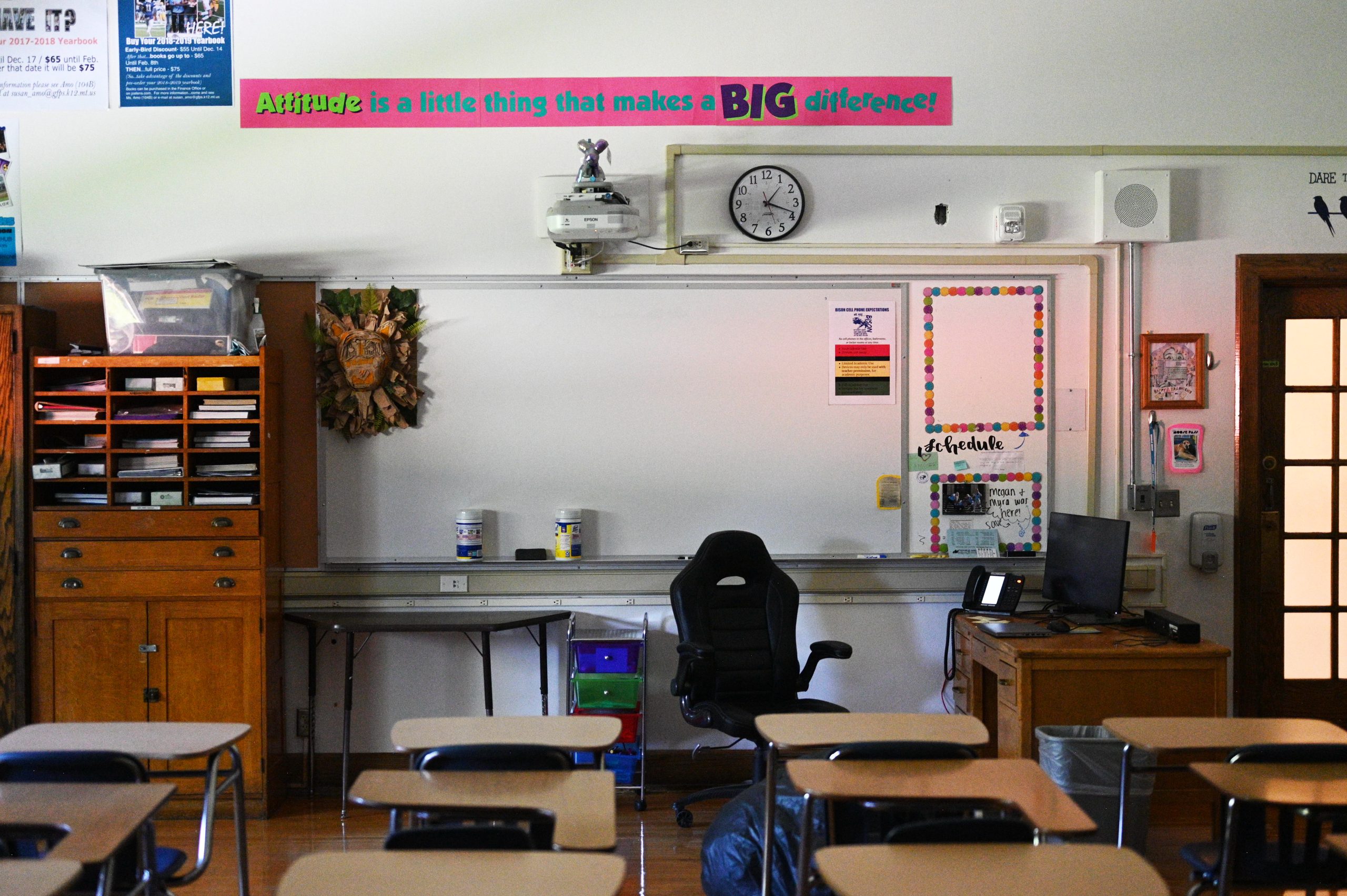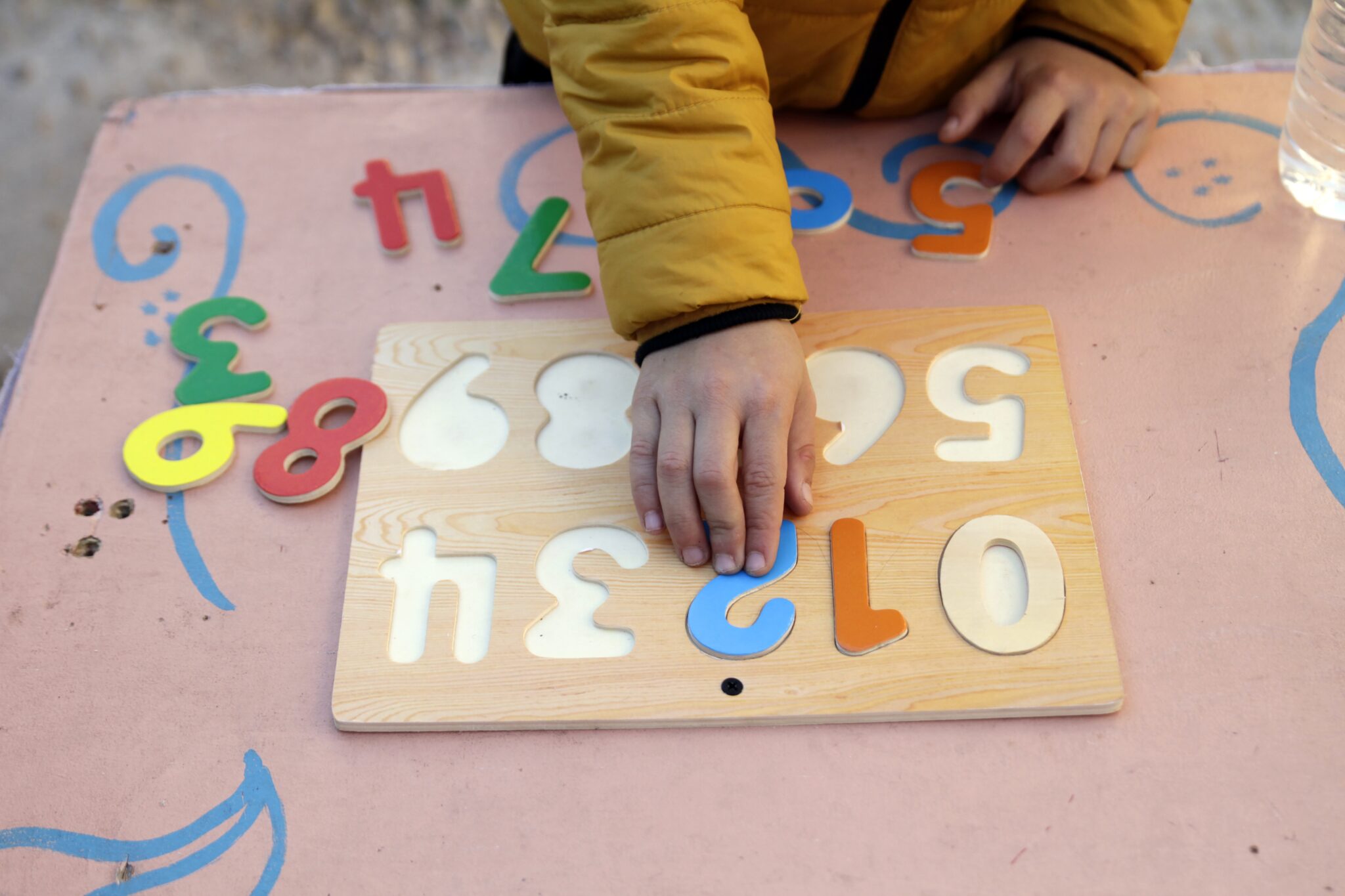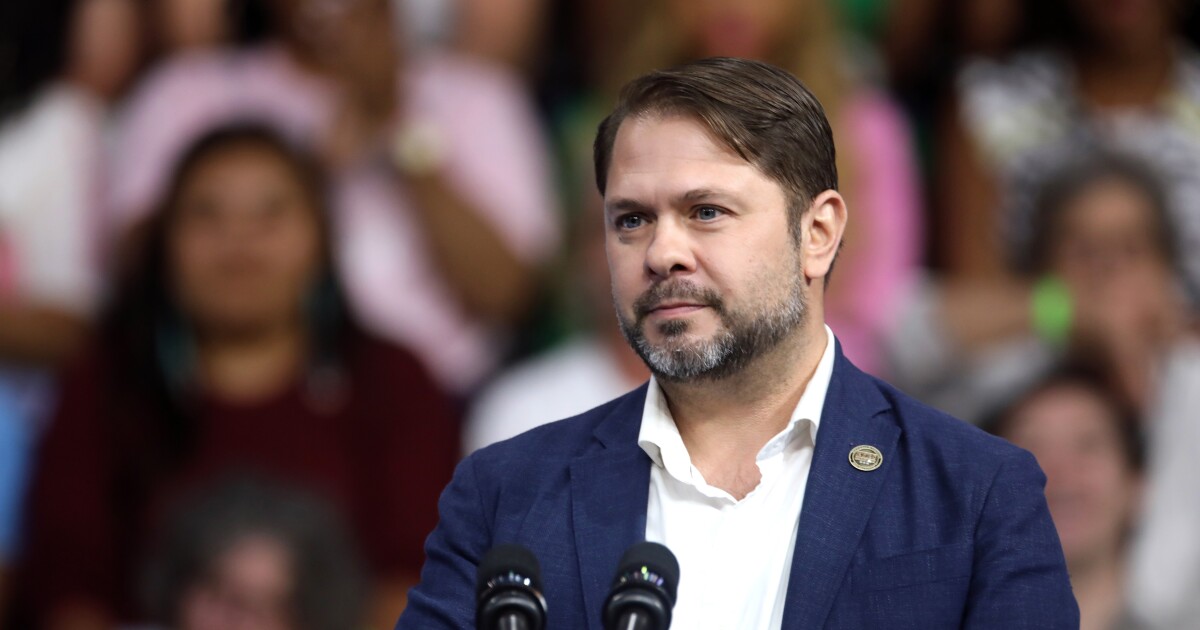Diversity rates at top colleges like MIT and Amherst have significantly dropped following the Supreme Court’s limitation on race-conscious admissions. This has intensified challenges for underrepresented students seeking educational access. While demographic data is still awaited, the impact on student diversity is already apparent.
Despite these setbacks, opportunities remain for ethnically diverse students to fully express their identities. Organizations continue to support these students, helping them succeed through varied postsecondary pathways.
Historically, U.S. colleges served primarily wealthy white men, with people of color often only on campuses as servants. Today, race-neutral policies mean not only are marginalized students overlooked, but the entire campus loses the richness of diverse educational experiences.
First-generation, Black, Hispanic, and Native American students often face isolation at predominantly white institutions. Racial bias remains a critical issue, with new laws restricting access for students historically denied educational opportunities.
Students can creatively highlight their unique experiences in applications beyond grades and test scores. Sharing personal stories of overcoming barriers and community involvement can showcase their identities and experiences.
Institutions should encourage students to share these insights through essay prompts, valuing their diverse perspectives. Alternatives like HBCUs and HSIs offer students chances to shape their college experiences, where culture and identity are celebrated.
Colleges must support marginalized students on campus, fostering welcoming environments through affinity groups. Scholarship providers and organizations like the Sachs Foundation play critical roles in promoting diversity, helping students access elite institutions.
Students deserve to have their full identities recognized in higher education applications.
—
Read More Kitchen Table News

